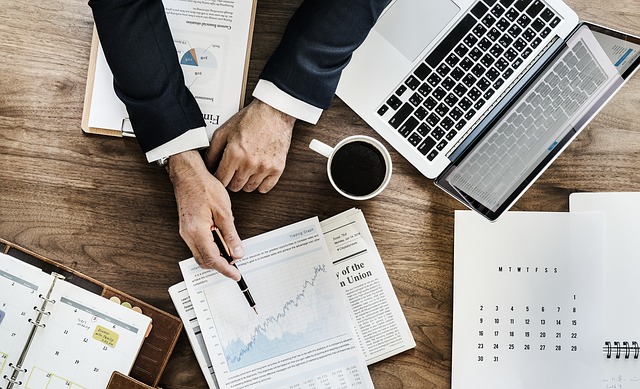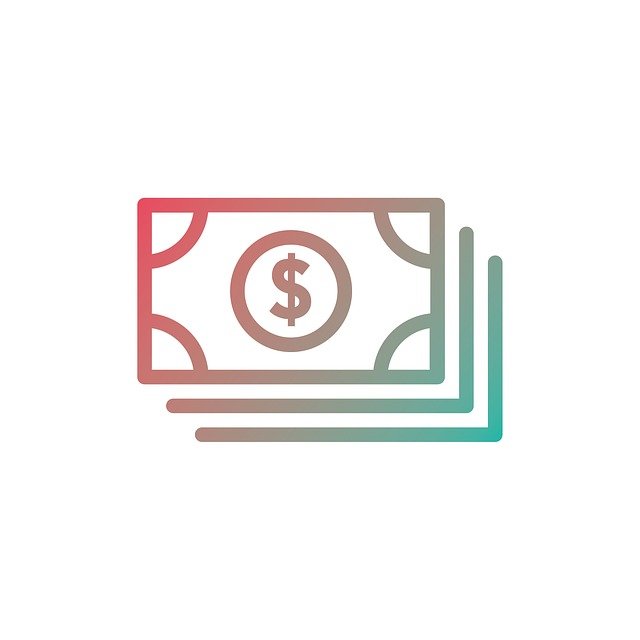What are payday loans?
A payday loan usually helps cater to some of your immediate cash needs until your next paycheck arrives. The interest rates for such loans are high, and they should be repaid within a short period of, let’s say, two weeks.
Before applying for a payday loan, you should take time and learn more about how they work. You should know what you’re getting and what you should expect in return.
 About How Payday Loans Work
About How Payday Loans Work
Payday loans are different from other types of loans. Depending on your state of residence, you can apply for a payday loan online or through the help of a payday lender.
In each state, the laws governing payday loans vary. There are limits on the amount you can borrow and the interest and fees that the lender can charge. In some states, payday loans are also prohibited.
After your payday loan has been approved, you will receive a check, or the money can be deposited into your bank account. You will then pay for the loan and the finance charge within 14 days.
The finance charge usually varies depending on the loan amount. Although the costs associated with payday loans are high, there are many households in the U.S. that usually apply for payday loans annually. In most cases, people usually apply for payday loans since they cannot access other financing options because they don’t have a source of income or have a poor credit score.
Other reasons why people apply for payday loans is because they fear the available alternatives or they lack the necessary knowledge. For instance, someone may fear to request for a loan from a friend or family member. Although alternatives are available, they are not easily accessible.
The requirements by payday lenders are also few. Some of these lenders also don’t check the credit scores. They may also fail to inquire whether the lender is in a position to repay the loan. You only need to present your identification documents and a bank account that has a favorable standing. If you are scared of getting suied due to being unable to pay, please read this page.
Will the Payday Loan Affect Your Credit Score?
Since payday lenders rarely run a credit check, the payday loan will not affect your credit score. Also, it will not appear on your credit report. Your credit score will not improve either.
If you fail to pay the loan on time, the lender can present your details to a collection agency that will eventually report the matter to the credit reporting bureaus. Your credit score will be affected in the process.
Conclusion
Debt consolidation comes in handy when repaying the payday loan despite having a bad credit score. Although the debt consolidation loans have more requirements before the approval process, the interest rates and fees are low. Also, the repayment period is longer.










